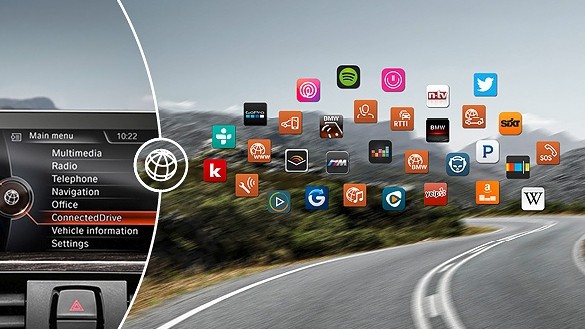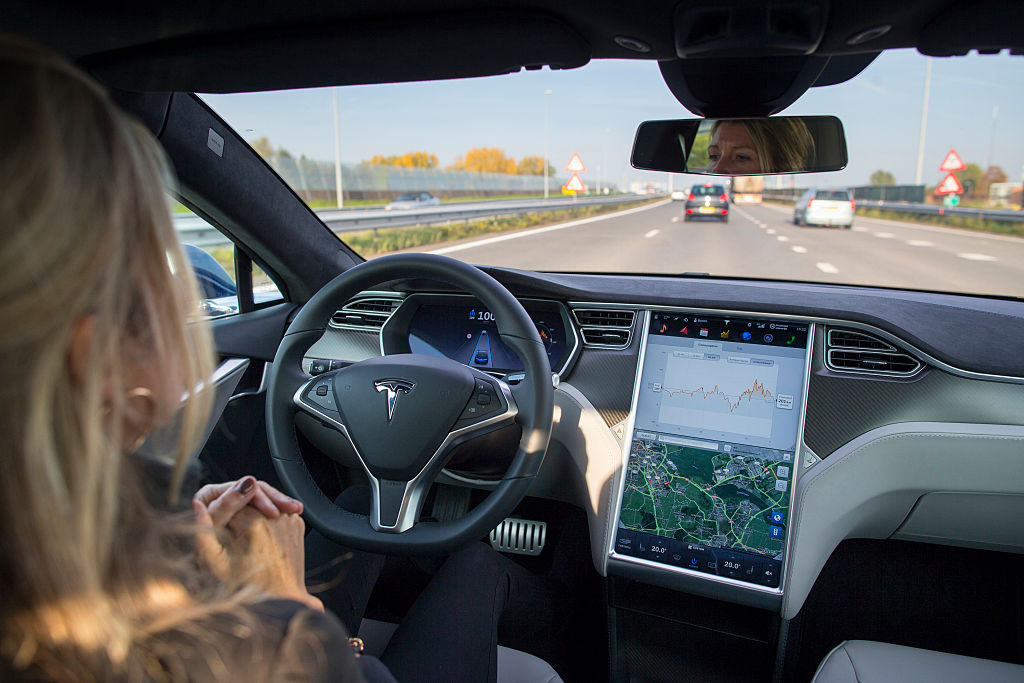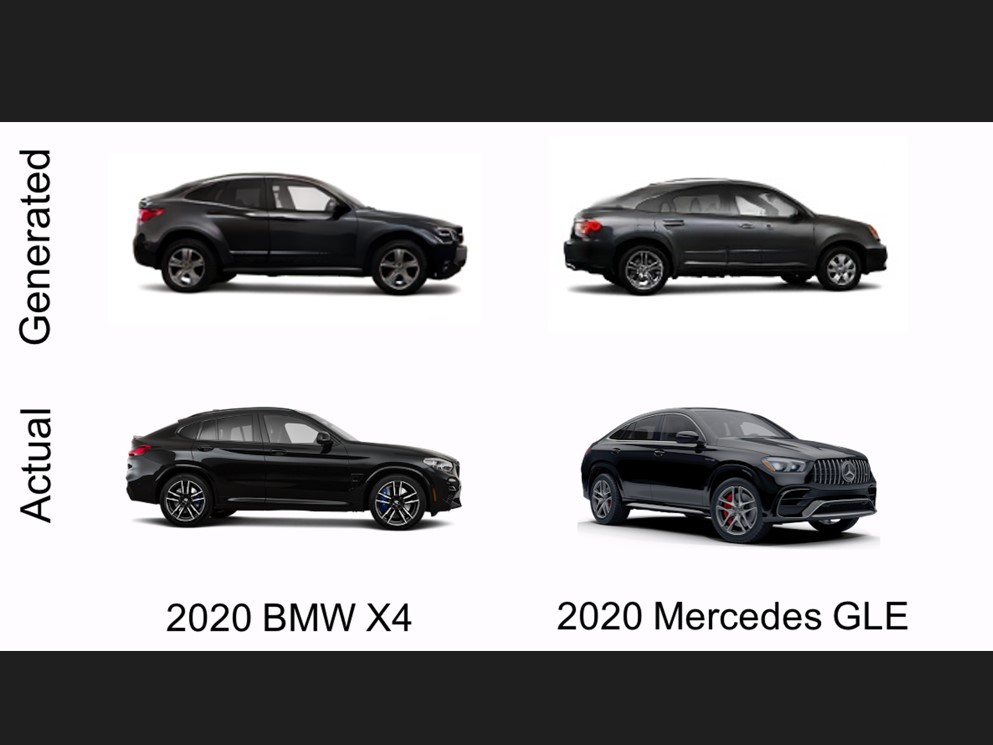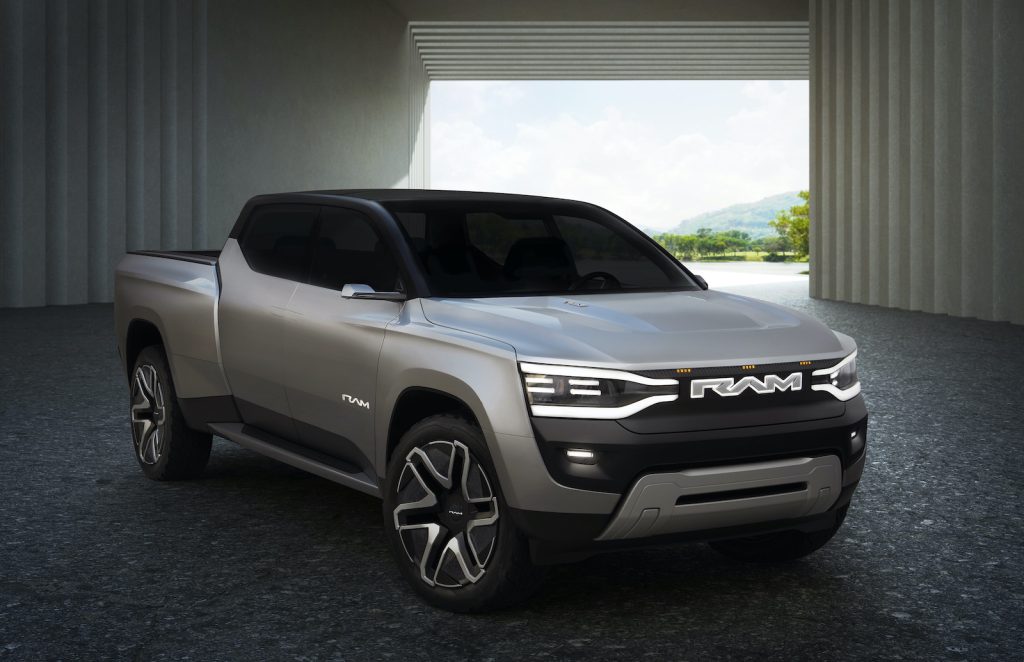
The introduction of software-heavy features in today’s vehicles is ever increasing. From automated braking systems, voice activated features, streaming service, cruise control and much more – software plays a key part in vehicles, usually without the driver giving it a second thought.
However, as customers become used to software-heavy cars and personalised features, will this impact how the industry meets consumer needs and how we use its products?
We spoke to Adrian Pearce, principal business value consultant, Thales, to learn more about software driven trends.

Just Auto (JA): Could you tell me a little bit about your role and what this involves?
Adrian Pearce (AP): I work with companies to help them understand the value of changing their approaches to Software Monetisation (SM) using Thales SM Sentinel solutions.
The initiatives are often driven by the need for new ways of selling products and solutions to their customers. It might be starting to generate revenue from their software components or packaging their features and functionality in more flexible ways – including subscription of the complete or part of their product or solution(s).
Increasingly we are seeing more traditional hardware companies (such as vehicle manufacturers) exploring ways they can create the flexibility for customers consuming their products and services.
At the core of this is the aim to continually provide value to the end customer which in turn provides the opportunity to offer products (features and functionality) in a subscription model.
What trends have you seen when looking at how software is being embedded into the driving experience?
Whilst we often think about software as a new element of the driving experience, it has in fact been with us for decades. Everything from driver aids such as traction control, cruise control and ABS to engine sensors and seatbelt indicators, are operated by software.
What we are seeing is a complete overhaul in how we think about cars and the private transportation generally. The reality is that in a hardware sense, all cars essentially operate identically, by allowing a person to be transported from one place to another. Customer demands are therefore shifting away from driving and more towards the user experience.
Whilst we often think about software as a new element of the driving experience, it has in fact been with us for decades.
We have seen something similar happen with other technologies such as computers and mobile phones; when was the last time you purchased a phone based on the physical handset?
Tesla is perhaps the first and best example of an OEM that has captured this with their recent models heavily focused on providing more technology.
How can OEMs meet this increase and changing consumer needs?
OEMs will have to move away from seeing vehicles as hardware and invest heavily to explore how they can implement software into their vehicles to provide users with a unique, broad, and flexible offering.
At the core of appealing to consumers will be responding to questions like: ‘What features are available?’, ‘Can I opt in/out of these?’, ‘How will my experience in this car be any different to others?’
What are some of the potential applications of software in cars and how will this enhance the overall experience?
Whilst many of the features offered by Tesla, for instance, may seem like gimmicks, they offer a real indication of the potential applications of software in cars.
We have seen this already in other vehicles with tailoring the heating and cooling of the cabin individually across passengers and with on board entertainment systems. Whilst it may seem over the top to suggest the bounds are essentially limitless, the fact is that any aspect of a vehicle can be tailored in some way through software.
Autopilot functions are an obvious example that will continue to expand as the technology develops, but a vehicle’s engine also provides enormous scope for software to tailor the experience to meet driver’s needs.
Through software, drivers will be able to choose to increase the power output of vehicles, as well as how the braking, throttle and gear systems respond, to effectively turn the family car into a sports car instantly.
How will manufacturers become increasingly reliant on software expertise to implement technologies in their products?
As the software in cars becomes increasingly complicated, traditional ‘nuts and bolts’ car manufacturers will find themselves increasingly reliant on software expertise. This will be across all stages in the design and production of vehicles through to end-product maintenance.
Software engineers will become essential in the design phase to support the implementation of new and innovative technologies to allow OEMs to provide unique services. As software permeates further into the end-product, so consumers will find themselves increasingly travelling to repair shops for software-related faults. Here, OEMs will again find themselves in need of software experts above traditional mechanics.
When looking at software within vehicles, what do you see the future looking like for this section of the industry?
BMW’s decision to introduce a subscription service for access to heated seats in their vehicles is a good indicator of the trajectory for the industry. Where the company has also been focused on providing a high-quality driving experience, they are moving toward the user experience with a dedicated BMW portal online exclusively for software updates.
In this way, the relationship between the OEM and the consumer will not simply be at the point of purchase, but a continuing relationship as the user and OEM look to develop their experience.
As the available software in a vehicle creeps up the agenda for consumers, the age of hardware differentiation will start to come to an end. We’re likely to see more OEMs abandoning a specification range for each of their models in favour of providing a single model. They can then allow consumers the choice to purchase subscriptions to the services they wish to make use of.
This will allow for individual opportunities for consumers to tailor their vehicle and their user experience to meet their unique needs.




